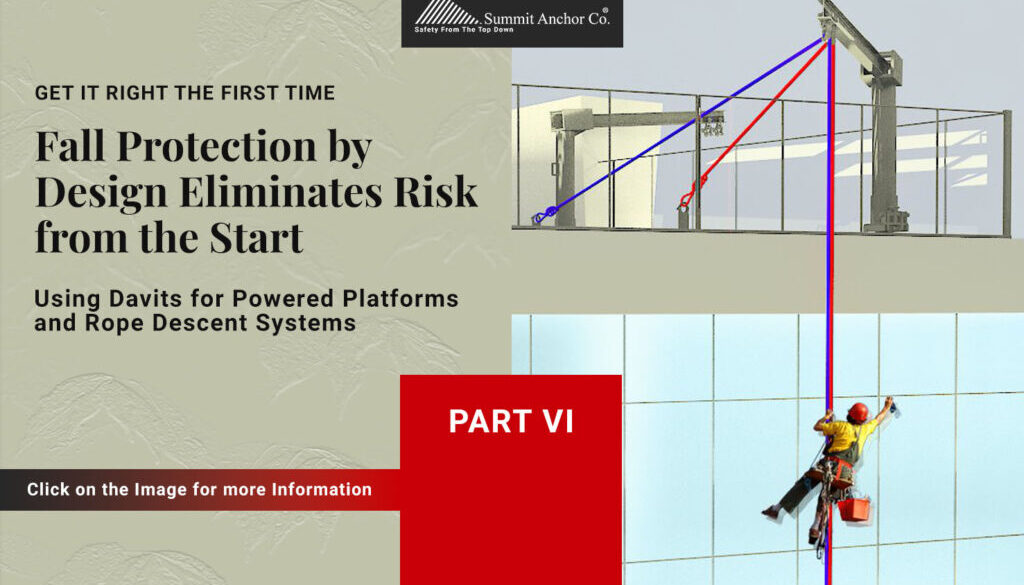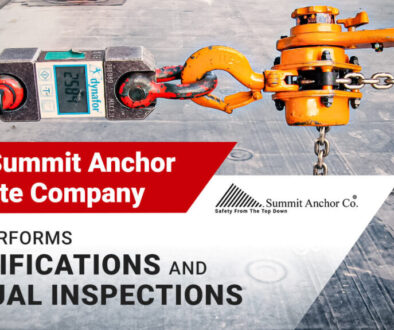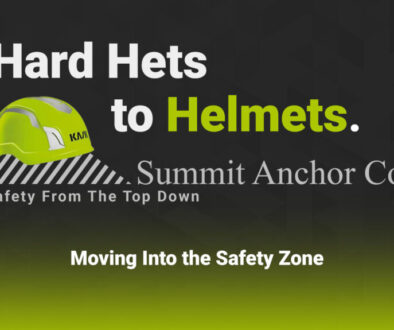Get it Right the First Time —
Fall Protection by Design
Eliminates Risk from the Start
Using Davits for Powered Platforms and Rope Descent Systems
PART VI
By Gus Strats – Summit Anchor Company, Inc. June 9th, 2022
This post was updated on July 6th
Edited by – Keisha Winston
Most of the window cleaners in the U.S. use rope access systems or rope descent systems for mid- to high-rise buildings. Workers simply tie back their ropes to anchors on the roof, laying their ropes over the top of a parapet before descending. Anchorages, parapets and other building features such as sunscreens must be designed to support these loads from workers. If not, sunscreens, glass guardrails or other features could be damaged by workers. (Figure 1)
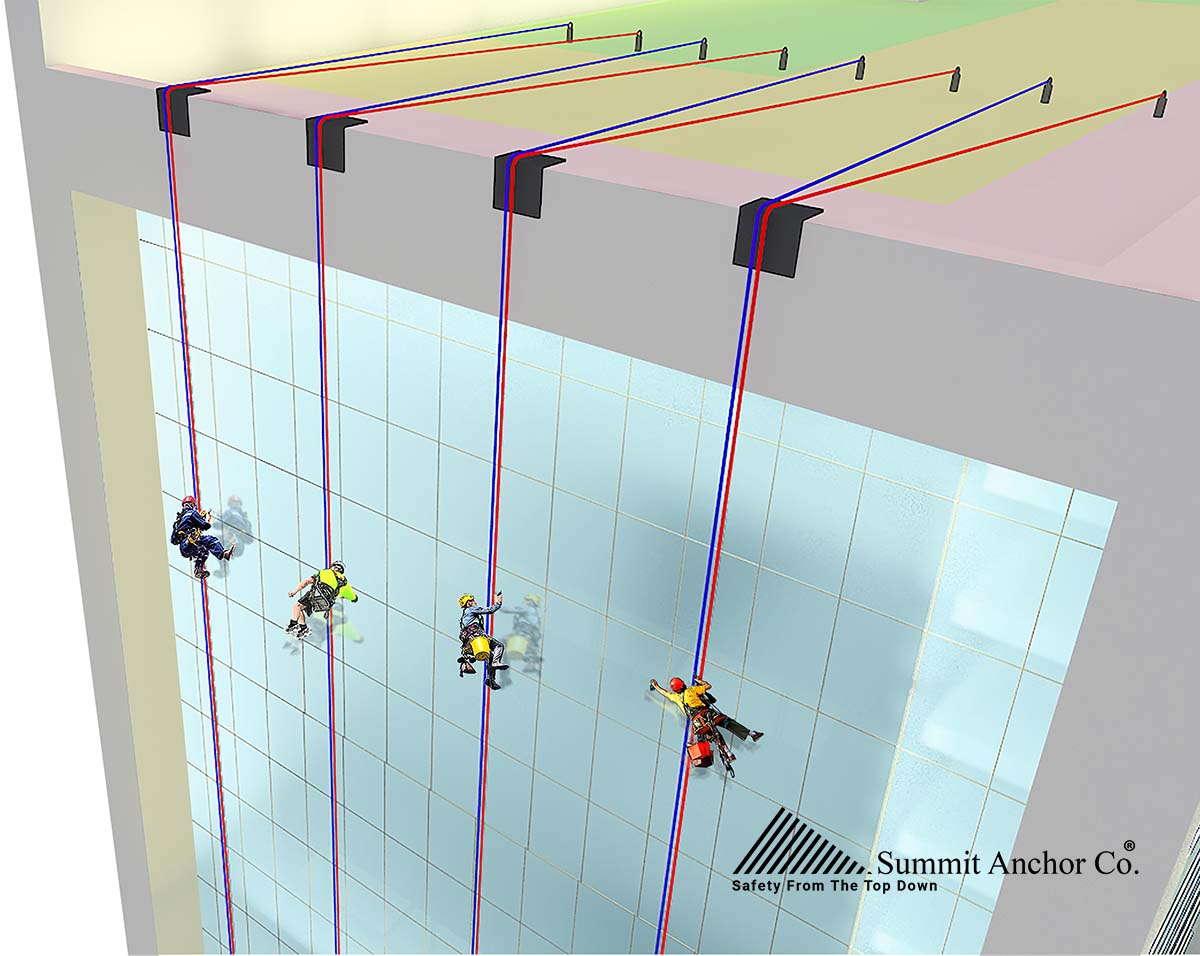
Figure 1: Workers directly rigging over the parapet using Rope Descent Systems (RDS)
Workers’ lines need to circumvent these building features to avoid damaging them. One way to accomplish this is with a davit system, which allows workers to suspend lines above and outboard from the glass guardrail or other building features. (Figure 2) Building owners should incorporate both RDS and powered platforms in design plans to protect building features and the maintenance workers using RDS.
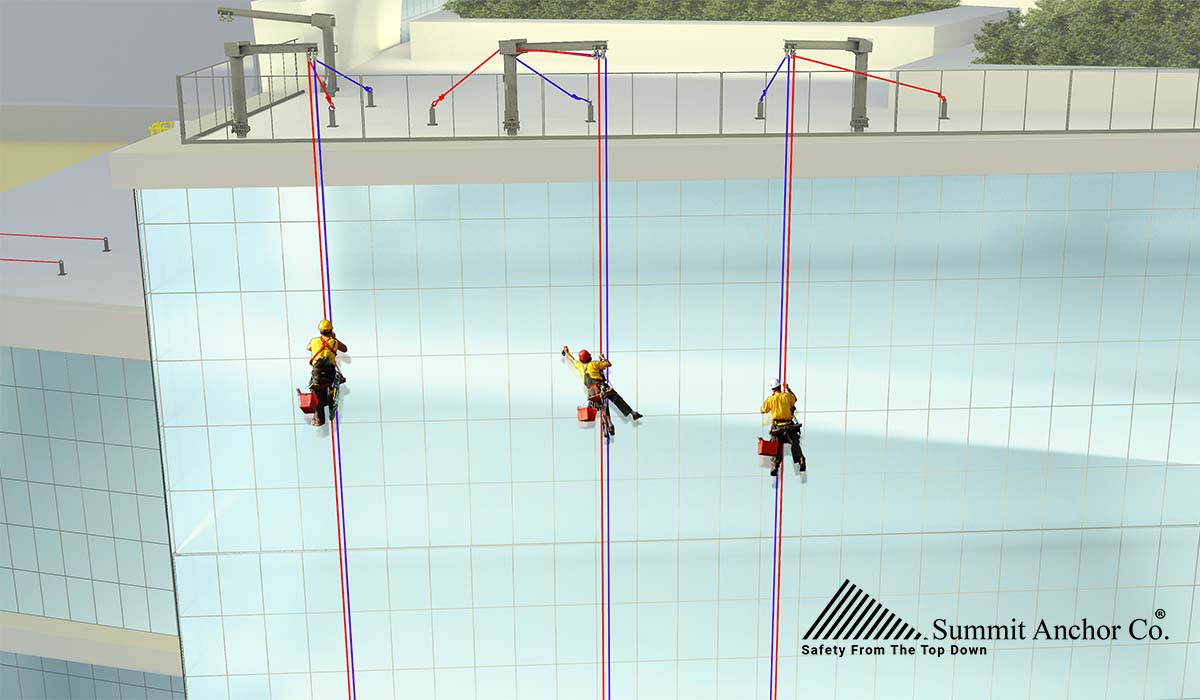
Figure 2: RDS Workers Using a Davit System
Davit systems for RDS can have other uses too. Workers can use davits for major maintenance projects, such as pairing with a powered platform to replace glass. A building owner can save costs by designing a davit system for both RDS and powered platforms (Figure 3). Over the life of the building, an investment in a davit system will pay off: Less man hours are spent on heavier maintenance work when using suspended powered platforms facilitated with a good davit system.
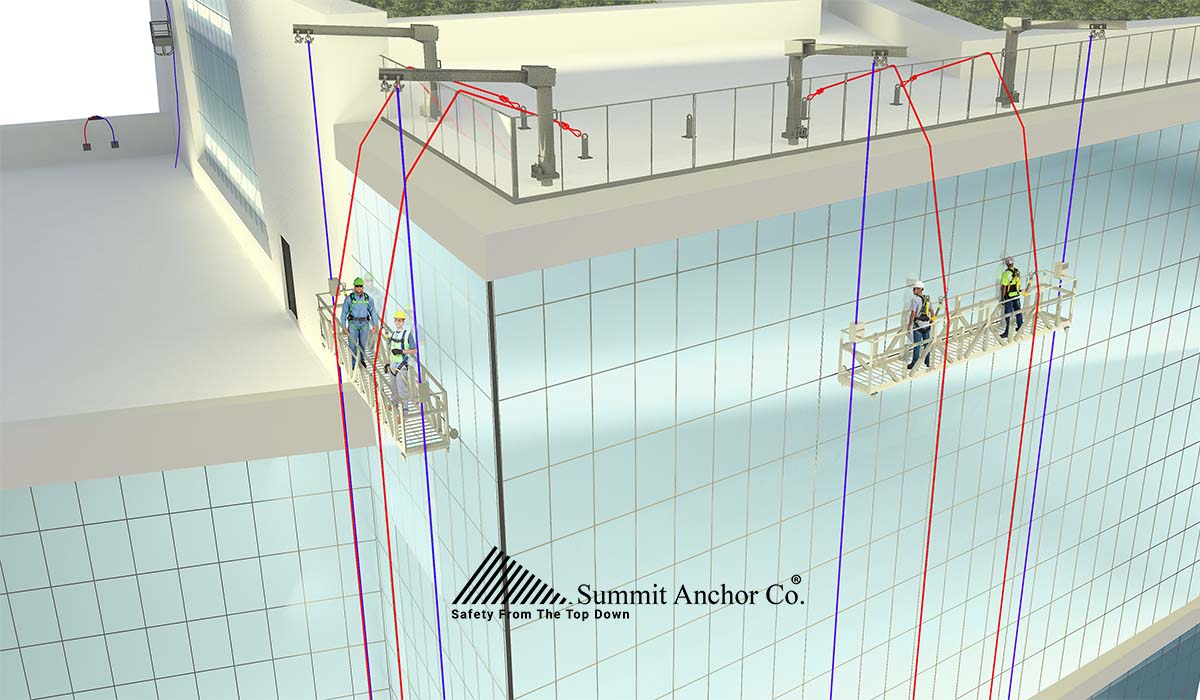
Figure 3: Workers using powered platforms suspended by davits
NOTE: Guardrails and parapets must be capable of supporting impact loads from workers lines without collapsing.
Summit Anchor’s davit arms rotate 360 degrees, which allows workers the flexibility to set up their equipment on the rooftop and then swing out over the parapet wall to various points along the radius of the davit boom’s rotation. (Figures 4 and 5)
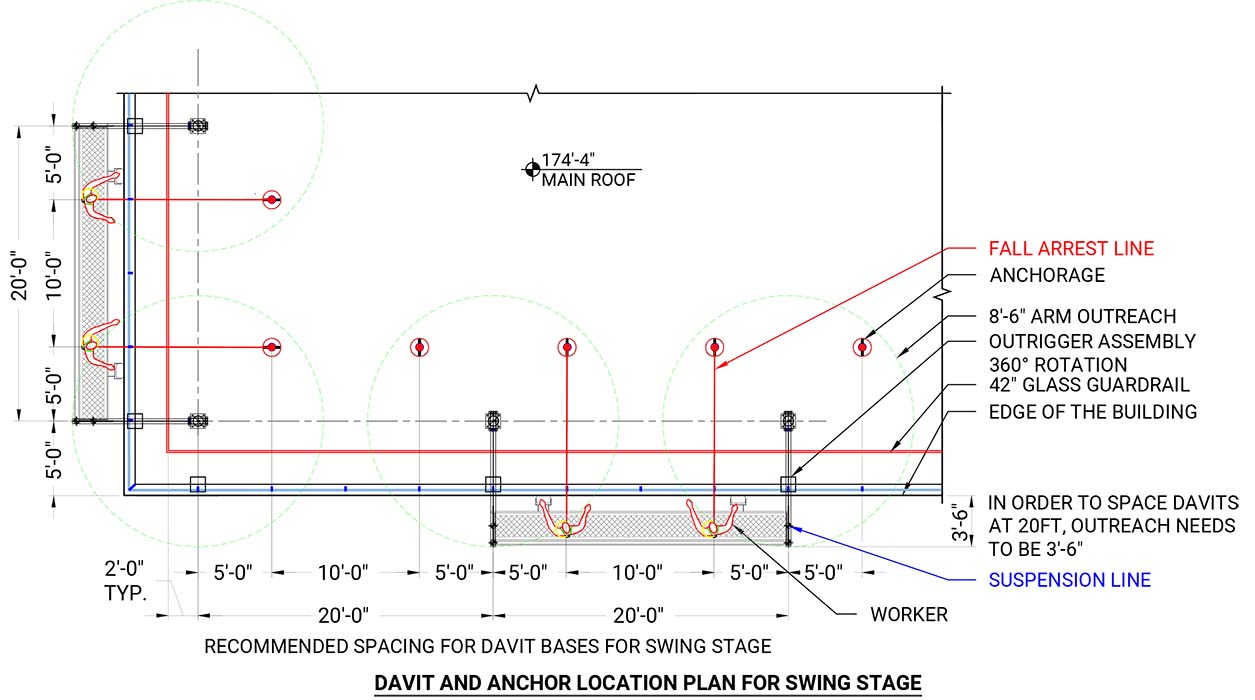
Above, Figure 4: Layout of a davit system for swing stage and
Figure 5: Same layout as Fig. 4 for rope descent system
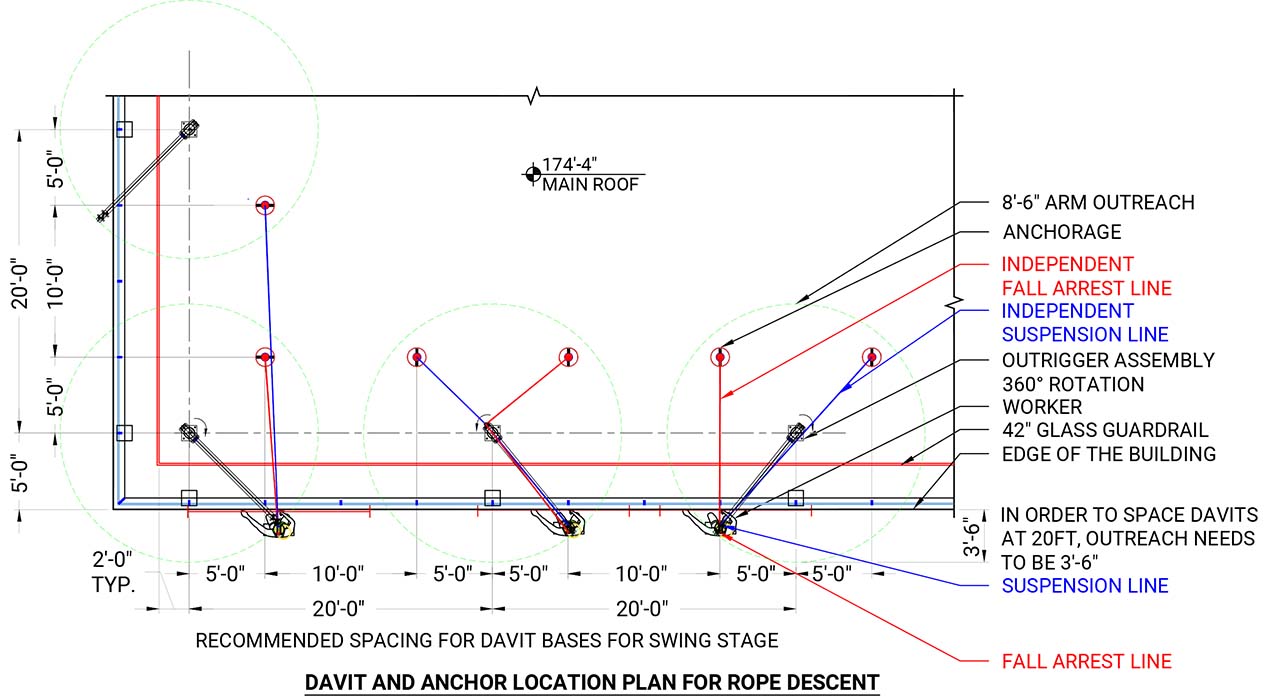
Laying out davits with anchorages for rope descent systems.
RDS workers require two independent anchorages at minimal tie-back angles to comply with OSHA requirements. OSHA says that when an anchorage is not perpendicular to the building face, it may be necessary to install opposing tie-backs to support and firmly secure the RDS with at least a 30 degree sag for opposing tie-backs and with no angle existing on a single tie-back.
- “Have a least a 30-degree sag for opposing tiebacks”
- “No angle exists on single tieback”
What is the “15 Degree Rule” that designers should consider for anchorages used in conjunction with davits?
For existing buildings, the 2001 ANSI/IWCA I.14 Window Cleaning Safety Standard says that anchors should be placed in line with the suspended worker. Where this is impracticable, anchors may be offset no more than 15 degrees from in line (perpendicularly), provided displacement of the rope under the load can be prevented. The I.14 emphasizes that worker safety is of utmost importance when designing an anchor system for an existing building.
However, the I.14 stipulates the following for new construction: “Anchorages should be placed in line to the work area to prevent displacement of lines under load and/or a fall greater than 6 feet.” Still, locating anchorages in line with the intended location of descent is best.
Based on our experience, locating anchors in line is easily done on concrete buildings for both new construction and existing buildings – and may not pose a significant cost increase.
What does the CDC say about transportable outriggers?
https://www.cdc.gov/niosh/face/stateface/ma/05ma038.html
What does OSHA say about rigging RDS systems to Davit Arms?
Click here to for OSHA interpretation letter
CONTACT US.
Whether your project is in Athens, Greece or Anchorage, Alaska, or all points in between, we are your full service fall protection provider.
Call Summit Anchor Company today to speak with one of our representatives.
